How to Weigh Your Food on a Scale for Accurate Nutrition Tracking
Stay tuned to our latest news
In today's health-conscious world, keeping track of our nutritional intake has become a top priority for many of us. Whether it’s for weight loss, muscle gain, or simply striving to lead a healthier lifestyle, understanding more about the food you consume is crucial. Fortunately, one of the most effective methods for accurate nutrition tracking is by weighing your meals on a food scale. By doing so, you gain a deeper understanding of portion sizes, calorie counts, and macronutrient composition, allowing you to make informed choices about your diet. But how do you weigh your food on a scale?
Let's learn the answer to the question and understand more about food scales. We’ll provide you with practical tips and insights to help you achieve your nutritional goals with precision and confidence. Hopefully, you’ll discover the wonders of accurate nutrition tracking through the power of food weighing!
Do I Need a Food Scale to Count Calories?
![]()
A food scale is an essential tool for accurately counting calories and managing portion control. Guessing portion sizes can lead to significant inaccuracies in calorie counting, making it difficult to track progress and reach weight management goals. The use of such a device allows for precise measurements of the amount of food being consumed, ensuring accurate calorie intake.
Aside from precise measurements, using a food scale also makes the process of calorie tracking easier and faster. One can easily and precisely measure food servings without the need for guesswork. This allows for better portion control and a more accurate assessment of calorie intake.
Why Should I Weigh My Food?
![]()
When you’re trying to lose weight, maintain a specific dietary regimen, or have dietary restrictions, weighing your food is a useful method of ensuring you’re managing your food intake properly and maintaining a healthy diet. It can also help you become more mindful of portion sizes and prevent overeating.
What About Foods That Change Weight When Cooked?
When dealing with foods that undergo changes in weight during cooking, it's important to consider the impact on their weight and accuracy of measurement. Raw foods such as meat, vegetables, and grains often undergo changes in weight due to factors like moisture loss and water absorption during cooking. For example, meat can lose around 25% of its weight due to moisture loss, while grains and vegetables can absorb water and increase in weight.
To address this issue, it's essential to weigh and log foods in their raw state before cooking. By doing so, you can obtain more accurate data for weight loss or monitoring your food intake. This approach helps to account for the weight changes that occur during cooking and ensures the accuracy of your measurements.
| Should I Measure My Food in Grams or Ounces?
When measuring food, it is important to pay attention to the serving size and the measurement label on the packaging. The serving size will tell you the amount of food that is considered for one serving, and the packaging will indicate whether the measurement is in grams or ounces. If the packaging is labeled in grams, then the food should be measured in grams, and if it is labeled in ounces, then the measurement should be in ounces. If you are measuring different ingredients and some are given in grams while others are given in ounces, it is best to convert them to the most common measurement. This will ensure that all ingredients are measured consistently and accurately. |
How to Use a Food Scale Properly?
![]()
If you want to accurately measure your food portions and keep track of your calorie intake, using a food scale is a great tool. By ensuring you use a food scale properly, you can maintain better control over your diet and portion sizes. Here's how to use a food scale effectively and efficiently.
-
Choose the Right Scale
Before delving into the proper usage of a food scale, it's essential to initially select the right one that best suits your needs. Start by determining your specific requirements, such as weighing large quantities or focusing on smaller portions. Accuracy and precision are crucial, so look for a scale that offers precise readings with increments of at least 1 gram or 0.01 ounces. Consider the weight capacity of the scale and whether it can accommodate your needs. Evaluate the design and features, such as a clear display and a tare function for zeroing out container weight. Lastly, prioritize quality and durability to ensure long-term performance. By choosing the right scale, you'll lay the groundwork for accurate nutrition tracking and avoid unnecessary mistakes in the future.
-
Read the Manual
Once you've chosen the right food scale, don't overlook the importance of reading the manual. It is crucial to thoroughly read the manual that comes with the food scale to understand its advanced features, especially those related to calorie measurements and nutritional values. Start by looking for a section that specifically covers these advanced features and how to utilize them. Pay attention to any instructions on how to input and analyze the data for accurate readings.
Take the time to understand the scale's functions, such as the power button, tare function, and unit conversion. Learn the calibration and zeroing procedures to maintain accuracy. Follow the safety guidelines for cleaning, maintenance, and accident prevention. And if any issues arise, refer to the troubleshooting tips provided. By reading the manual, you'll unlock the full potential of your food scale, ensuring precise and reliable measurements.
-
Clear the Scale
Before using a food scale to weigh your food, it's essential to clear the scale for accurate measurements. Begin by removing any objects or debris on the scale and turning it on. Wait for the display to register 0 to ensure that you're only measuring the weight of the food and not any additional items. To check its accuracy, use a known weight for comparison. Clearing the scale sets the stage for precise and reliable measurements in your nutrition tracking journey.
Taking the time to clear the scale and zero it out before each use ensures that the measurements you obtain will be as precise as possible. Following these steps will help ensure that the scale is properly calibrated and ready for use, providing confidence in the accuracy of the measurements it provides.
-
Weigh the Container
Before storing food in a container, it is important to weigh the container itself to ensure accurate measurements of the food's weight. To do this, place the empty container on the food scale and take the reading. It's crucial to note down the measurement of the container so that it can be subtracted from the total weight of the food later on.
For even more precise measurements, some food scales come with a tare button. If your scale has this feature, make sure to follow the manufacturer's instructions on how to use it. The tare button allows you to zero out the weight of the container before adding the food, giving you the most accurate measurements possible.
By weighing the container and using the tare button if available, you can ensure that the weight of the food is measured accurately and efficiently. This not only helps with portion control and recipe measurements but also allows you to keep track of your food inventory.
-
Weigh Your Food
For precise nutrition tracking, it's crucial to weigh your food accurately. Select a suitable container and place it on the scale, ensuring it's set to zero. Add your food to the container and record the weight once it stabilizes. Optionally, subtract the container weight for a more precise measurement. Weighing your food empowers you to make informed choices and track your nutrition accurately. Embrace the power of precision in your nutrition tracking journey and discover the true composition of your meals.
Takeaway
In today's health-conscious world, accurately tracking our nutritional intake is crucial for weight management and a healthier lifestyle. Using a food scale is one of the most effective methods for precise nutrition tracking.
By weighing our meals, we gain a deeper understanding of portion sizes, calorie counts, and macronutrient composition, enabling us to make informed choices about our diet. A food scale ensures accurate calorie intake, promotes portion control, and helps us maintain a healthy diet.
By using a food scale properly, we can achieve precise and reliable measurements, maintain better control over our diet, and confidently reach our nutritional goals.
Renpho Health Tips
-
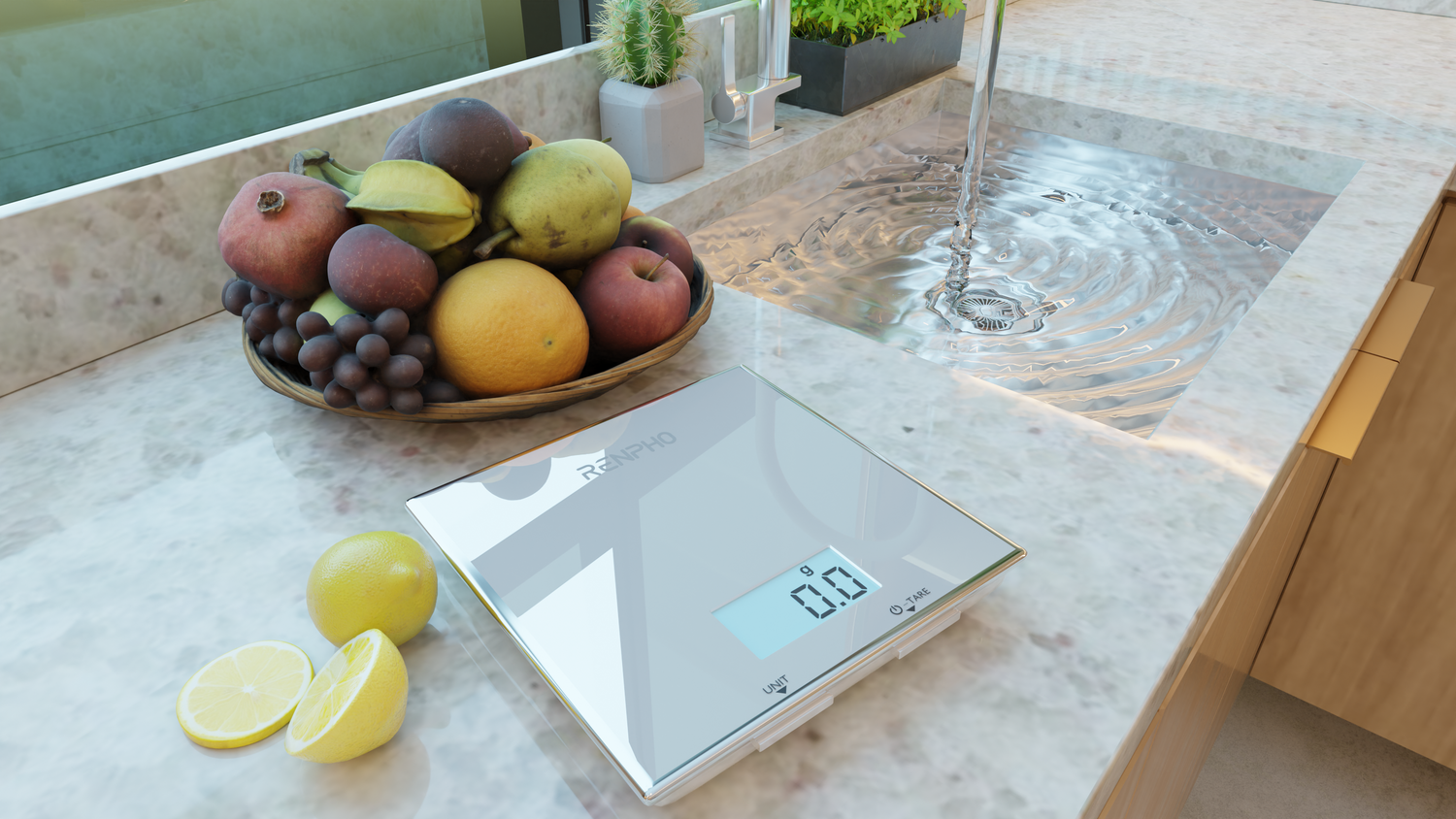
Fact or Fiction: Can Food Scales Really Measure Calories?
January 29, 2024
Read more >
-
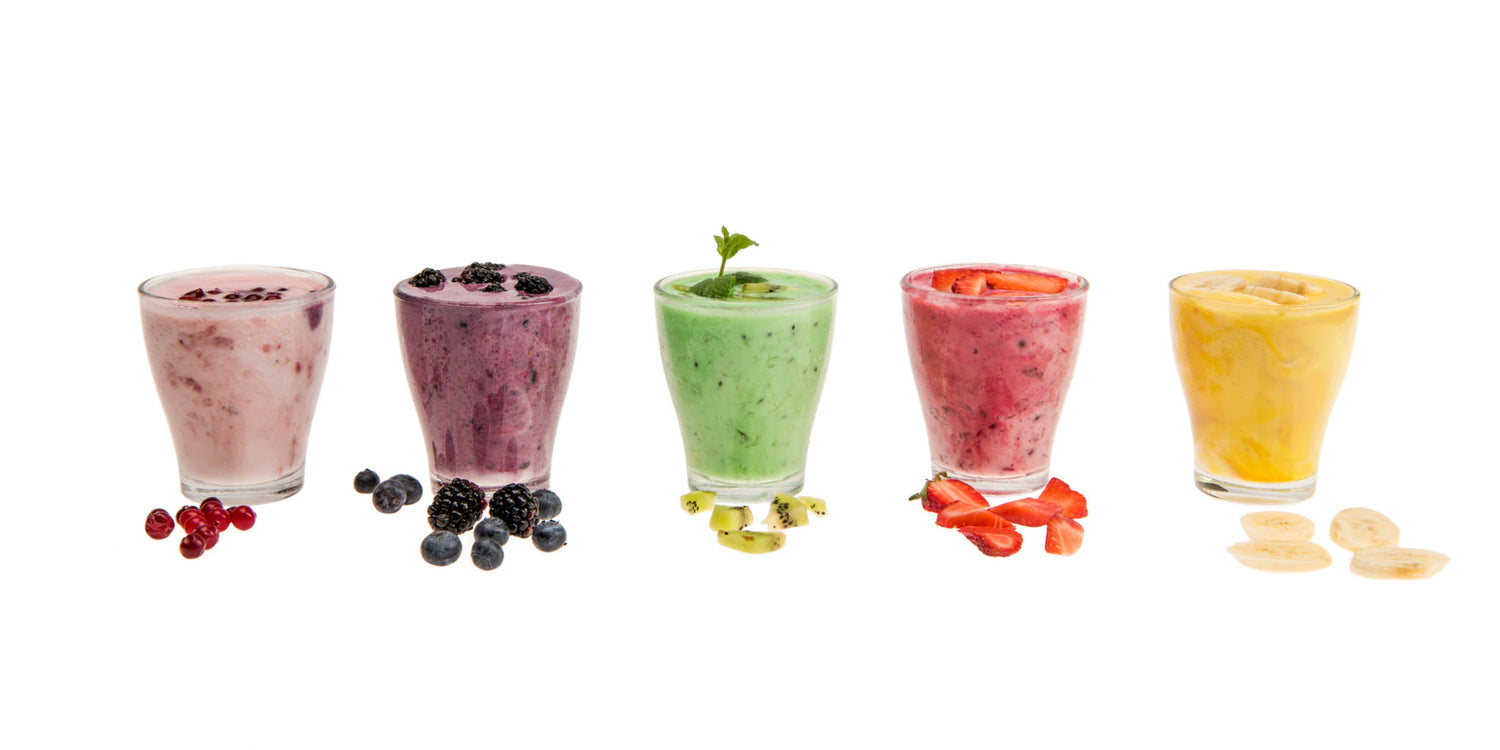
Smoothie Sensations: How to Make Delicious and Energizing Drinks for Your Day
January 21, 2024
Read more >
-
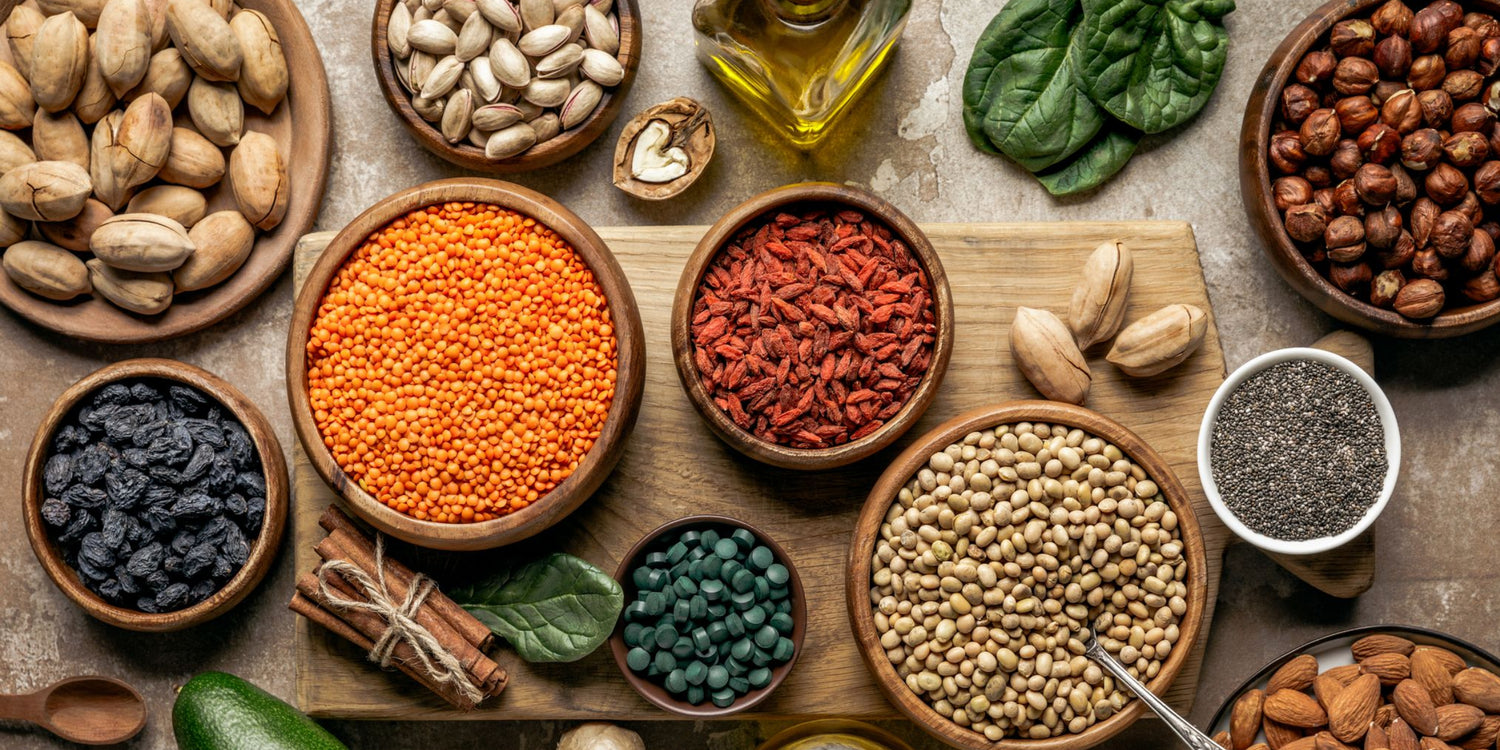
Energize Your Day: 10 Superfood Recipes for Wellness That You'll Love
January 16, 2024
Read more >
-
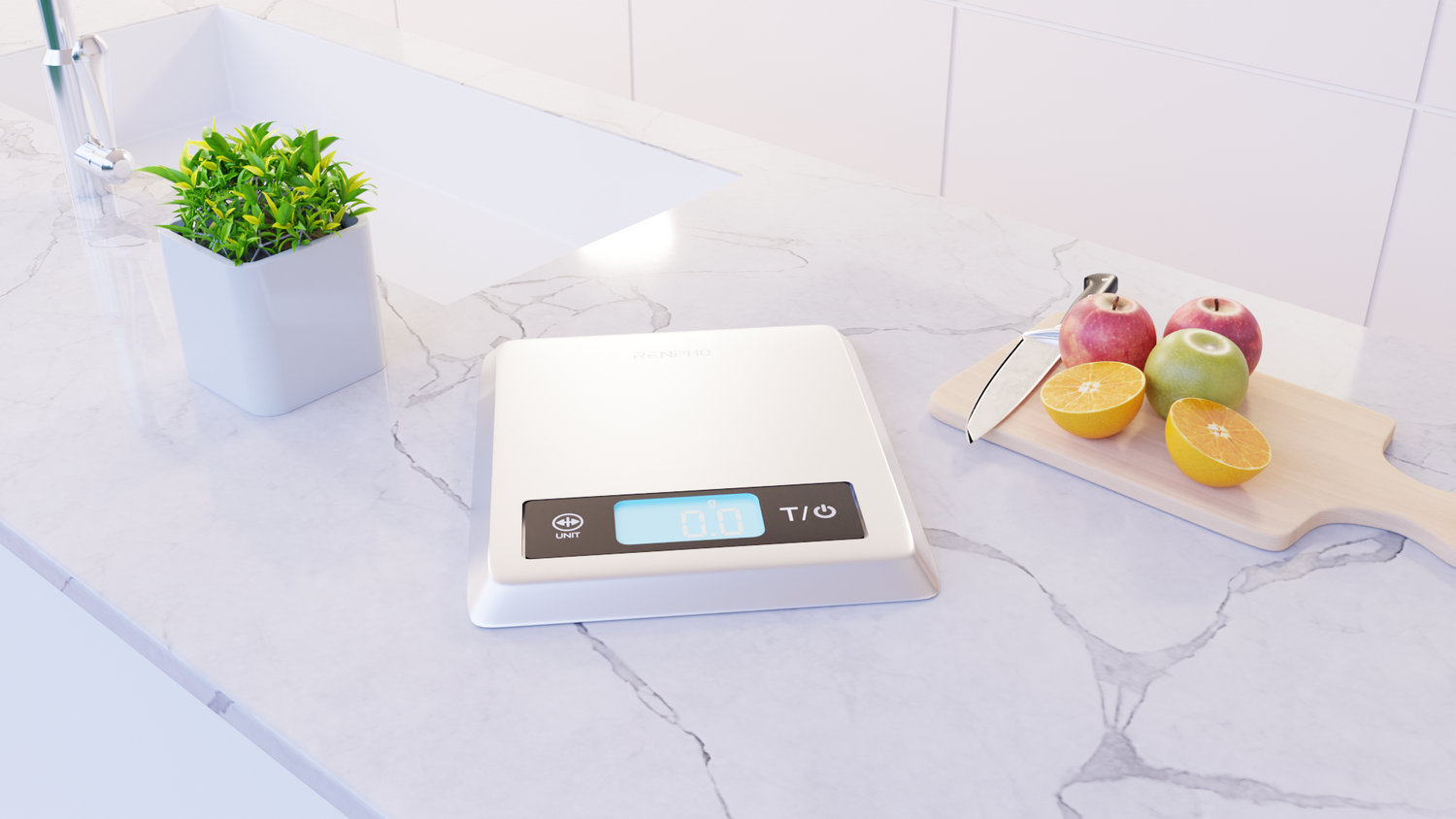
Beginner's Guide on How to Use Digital Scales for Food
January 16, 2024
Read more >
-
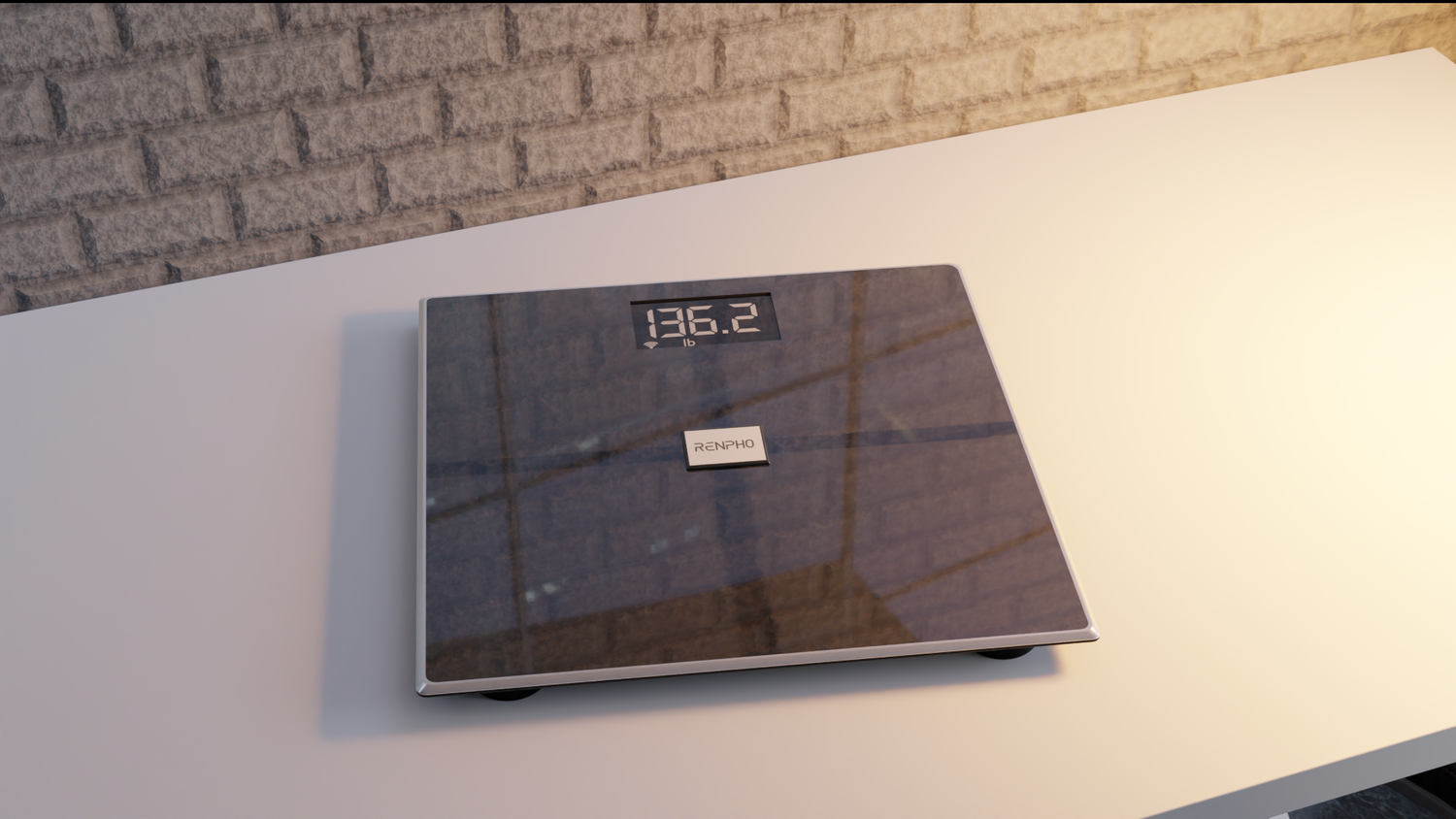
5 Reasons Why Your Digital Scale Is Inaccurate
January 12, 2024
Read more >




